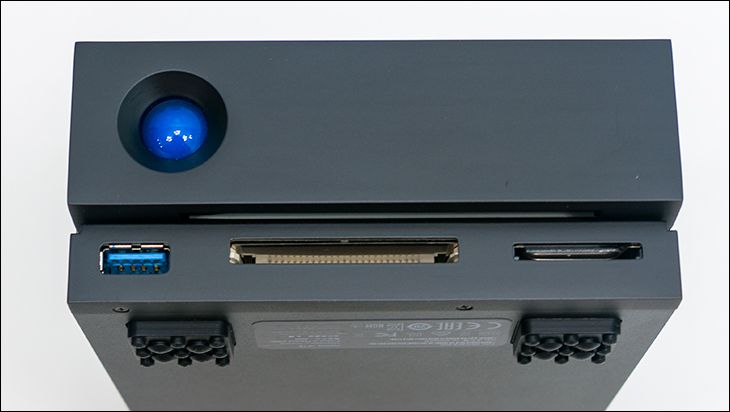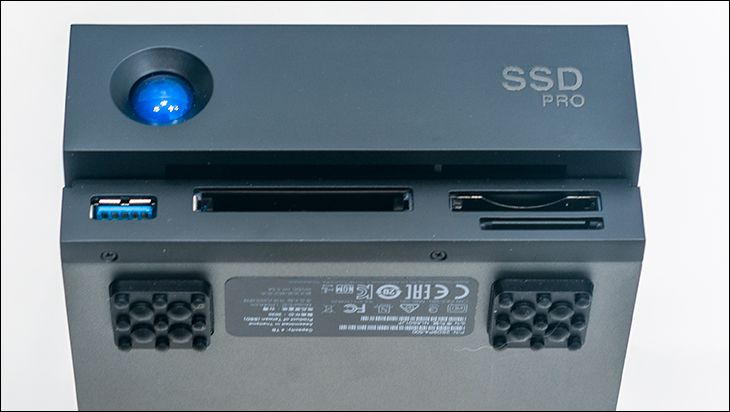Final Score: 88 out of 100
Is the MSI MPG A1000GS “the perfect PSU”? No. There are simply too many competing priorities for such a device to even exist… let alone exist at this price point. So, if you are looking for perfection, you are going to have a bad time finding it. Defenestrate such naive ideas out the nearest window and replace them with this simple motto: “Perfection is the enemy of the good”. You are looking for good enough. Depending on your budget and priorities, you can even upgrade that beyond “good enough” into actual good territory. Thankfully, these days you don’t have to take too big a hit to your budget to get out of good enough and into good territory… as the MPG A1000GS is very good indeed. So good it belies its hybrid design. So good that it more than lives up to its MPG branding.
So good, it is the PSU equivalent of MSI’s Gaming X Trio (your choice of green or red flavoring) and MPG Gaming Carbon motherboards (in your choice of red or blue flavoring). As such, if you don’t care about the nitty gritty details, simply know this: the new MPG A1000GS variant is not only a great successor (and upgrade) to the A1000G, but a darn good PSU in its own right. One that does put a unique spin on things, but overall is worthy of your time… or at least is as long as your choice of GPU is either Team Green or Team Blue. Conversely, if you are looking at a high-end AMD-based video card, it is suboptimal, and this is an unforced, self-inflicted error that should never have made it past the early design stage..
First, the good. This is a very, very well-built PSU. Channel Well Tech has made a reputation for being a cut above the everyday, and they (can) take their OEM/ODM duties seriously. Mix in MSI’s classic OCD-ness, and the internals are clean. With nary a sloppy solder or bullshitium component to be found anywhere. Instead, it is chock-full of quality components and safety features. Just as an MPG-named product should be.
While the ripple is not going to be as tight as what an all-digital controller-based PSU will offer up… that is different from saying this is a sloppy PSU. Five, ten at the most, years ago, the little bit of ripple it does exhibit would be best in class, and we would be raving about how tight it was. Expectations just have gotten so high as to push this amount of ripple down and out of the excellent and into the merely ‘great’ territory. Higher modern expectations or not, this is a PSU we would run on even the most finicky or delicate of PC components without worry. That is not something we would say about most hybrids, even two years ago.
The next spoonful of sugar is the cabling. We love the new cables and their integrated sleeves/combs. Absolutely love them. So much so, we have almost nothing bad to say about them beyond the fact that we wish the two 12v-2×6 used oh… say…. 6AWG cabling instead of 18. Then they would be the safest cables for Team Green to go with. Instead of merely being ‘arguably’ the safest. Yes. The color coding, combined with tight, wiggle-free (high temperature resistant alloy copper) pins is a winning one. Especially when you can use the integrated combs to ensure (above) minimum standoff before bend radius is applied. Mix in the fact that all the cables look nothing like typical ‘factory’ cables and instead look like a premium upgrade kit (in the 1bill range… or more) and these cables alone darn near justify opting for the A1000GS over the competition’s version(s) of the CWT CTE platform.
The consistency. Let us face facts. Many a manufacturer pulls out all the stops on the highest capacity option of a given model… and then ’rounds’ (or even cuts) corners for the lower capacity options. We consider this dirty pool and try to avoid those models… and manufacturers on general principles. The MSI MPG A1000GS 1000 watt variant is the same as the 850 and considering the fact that the 1250W’er is still a hybrid, we sincerely doubt it is all that different beyond being able to handle an extra 250 watts of power. As such, you can easily pick up the 850 or 1K without worry over there being a radical difference in performance between the various capacity options. Instead, all that changes is the output it is rated for.
Now the bad. The CWT CTE platform is capable of offering 2 EPS + 2 PCIe 8-pin ports. It is baked right into the backplane. All MSI had to do was tell CWT to solder the darn header in. This… this would have been a game changer for the A1000GS. With dual 12V-2×6 and dual PCIE 8-pin (6+2) cable options?! Darn near value Nirvana would have been achieved. For example. Powering a NVIDIA RTX 30/40/5090Ti? No problems! Powering an AMD RX 9070 XT or even the mighty 7900 XTX? Also, not a problem! Sadly, with only one 6+2 cable, you are going to be limited on Team Red options, but it will play nicely with. Thankfully, you could pick up a used 3090 Ti and an Intel B570 to get great gaming and great transcoding abilities without breaking the bank. Food for thought if nothing else. However, outside of niche workarounds, this is a PSU that is highly… heavily optimized towards NVIDIA’s latest and greatest cards. Which… significantly limits its appeal to the wider general buying audience. That is a shame. That is unnecessary.
Thankfully, that is the grand total of complaints we have with the MSI MPG A11000GS 1000-watt PSU. So as long as you understand the one limitation it comes with, this is a fantastic “Gold” / mainstream PSU option. One that easily punches above its weight class and is worthy of being used in a system upgrade, a new system build, or even a new build 7 years from now. It is just that good and that capable of overcoming its one handicap. So, if you can live with that (ugh) one 8-pin PCIe misstep, this A-tier power supply demands to be on your short list. As such, while it may not be perfect, it is indeed award-worthy.

The Review
MSI MPG A1000GS
The MSI MPG A1000GS is a high-quality, well-designed power supply that delivers strong performance and value, especially for NVIDIA and Intel-based systems. While it falls short for high-end AMD GPU setups due to limited cabling options, its build quality, safety features, and premium design make it a standout in its class. If you can work around that one limitation, it’s a PSU well worth considering.









